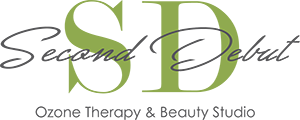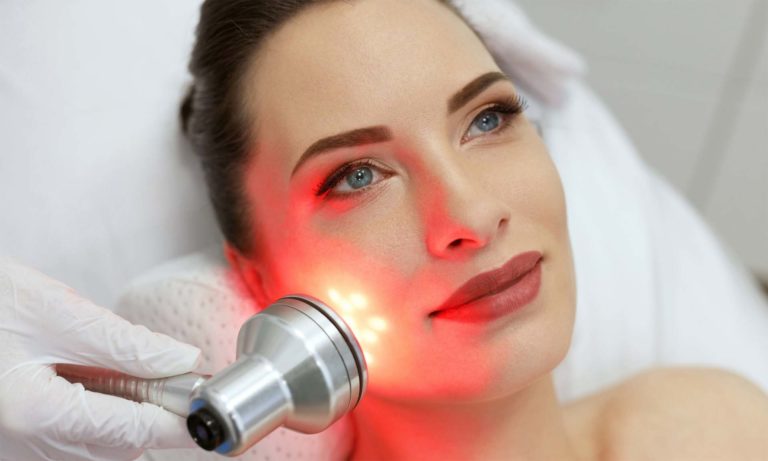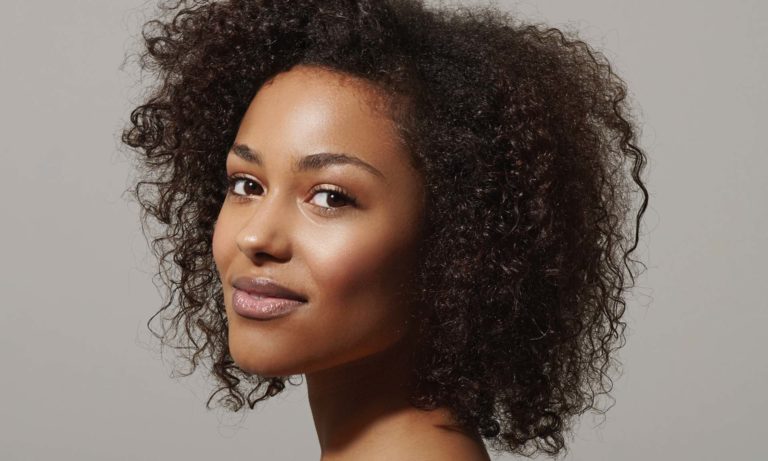PDT Light Therapy
Photodynamic therapy (PDT) is a non-invasive treatment for a variety of dermatologic disorders.
Treatment is particularly effective for improvement of fine wrinkles, skin roughness, actinic elastosis and mottled hyperpigmentation.
-
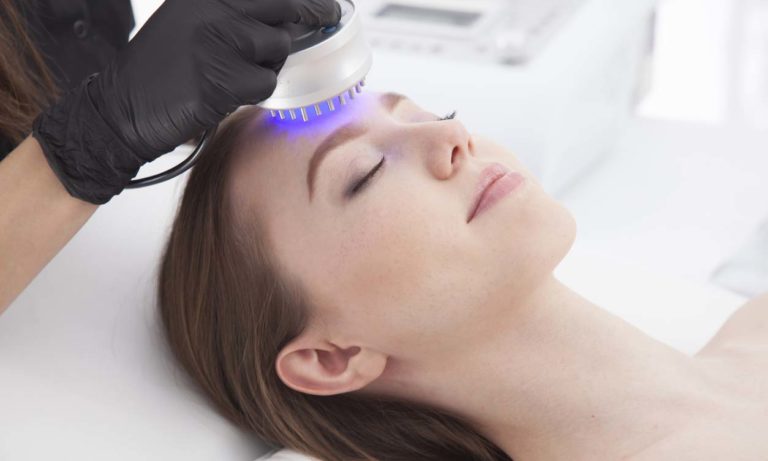
- Beauty treatment. Spa time.
Red Light Therapy - for anti-aging & more...
It directly stimulates regeneration of the skin. The light emitted by RLT penetrates roughly 5 millimeters below the skin’s surface. Red light therapy doesn’t cause damage to the skin surface. Red light helps promote the production of antioxidants, which play a big role in reducing oxidative stress associated with muscle fatigue. Antioxidants also increase the production of heat proteins, which help repair and build muscle. Red light therapy can also reduce inflammation and prevent cell damage.
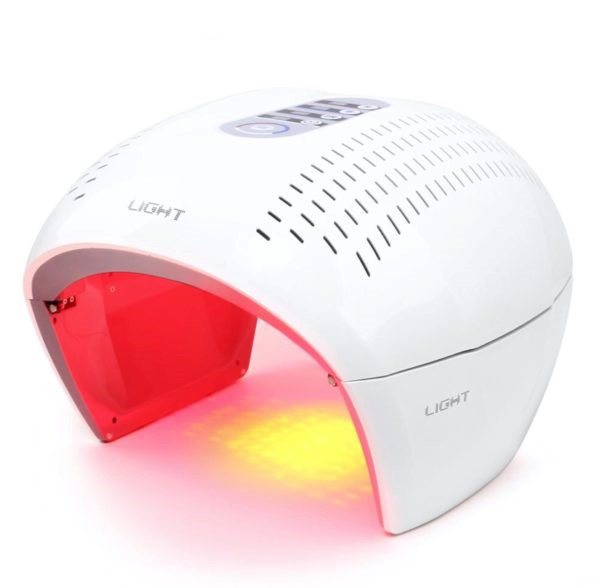
Benefits of red light therapy (RLT):
RLT may:
- promote wound healing and tissue repair
- improve hair growth in people with androgenic alopecia
- help for the short-term treatment of carpal tunnel syndrome
- stimulate healing of slow-healing wounds, like diabetic foot ulcers
- reduce psoriasis lesions
- aid with short-term relief of pain and morning stiffness in people with rheumatoid arthritis
- improve skin complexion and builds collagen to diminish wrinkles
- help to mend sun damage
- prevent recurring cold sores from herpes simplex virus infections
- improve the health of joints in people with degenerative osteoarthritis of the knee
- help diminish scars
- relieve pain and inflammation in people with pain in the Achilles tendons
Blue Light Therapy -for acne treatments
Blue light therapy is the type of light therapy most commonly used to address acne breakouts. The wavelength of blue light has an antimicrobial effect, making it effective at killing several types of bacteria that can collect in your pores and oil glands and cause breakouts.
What is the procedure like?
All you have to do is lie under the device for 10-15 minutes a day to charge your cells. Your face must be cleaned and no products applied as this may cause the light to refract. The more surface area of your body you can cover, the more your cells absorb natural light, and the more full-body benefits you can expect to see with consistent use.
Often times, blue LED light is used in conjunction with red LED light to:
- help treat acne
- decrease scarring
- promote anti-inflammatory effects
Aftercare:
LED light therapy is noninvasive, so no recovery time is required. You should be able to continue with your everyday activities once your treatment is over. LED light therapy requires up to 10 sessions or more, each spaced out about a week apart. You may start to see minor results after your first session. Results will be more dramatic and noticeable once you’ve finished all of your treatments
Risks:
- Light therapy is considered safe and painless and I limit sessions to 20 minutes, no more than twice a week. Proper eye protection should always be used while undergoing red light therapy.
- Unlike other types of light therapy, LEDs do not contain ultraviolet rays. Therefore, they’re safe for regular use.
- LED light therapy doesn’t cause burns compared to other anti-aging treatments such as chemical peels, dermabrasion, and laser therapy. It may be safe for all skin colors and types.
- You shouldn’t use LED light therapy if you take Accutane for acne or if you’re experiencing skin rashes.
- Side effects are rare, but may include increased inflammation, redness, and rashes.
